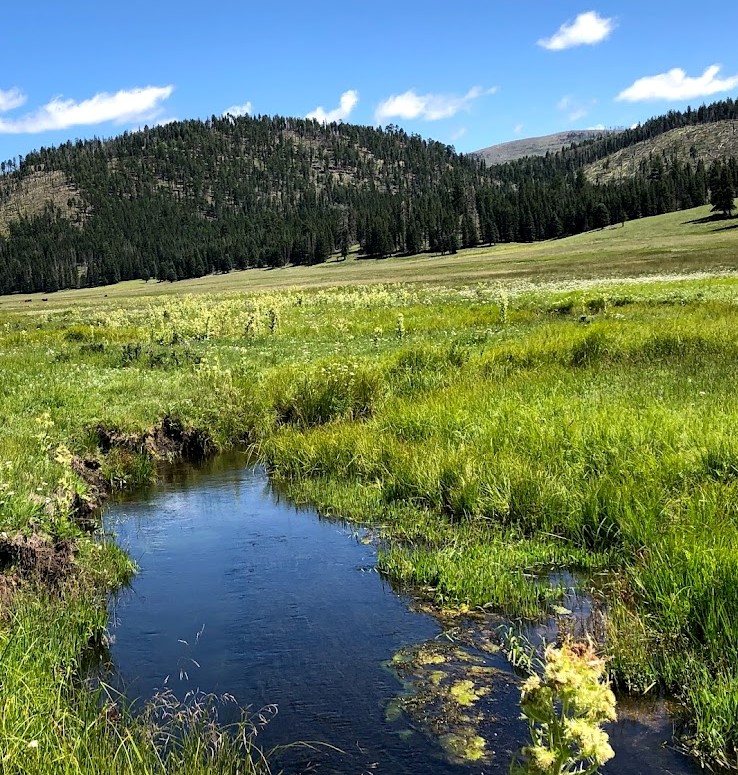The world’s oldest intact shipwreck and Noah’s Flood
This story is adapted from a BBC report by Matthew Ponsford dated 22 October 2019.
Recent research efforts using underwater remote operated vehicles (ROVs) has ventured below the Black Sea waters and revealed pieces of ancient history never before seen. They have discovered ships from several millennia of seafaring trade and war, including the world’s oldest intact shipwreck: a Greek trading ship from around 400 BC lying uncannily well-preserved on the seabed.

An English-Bulgarian team discovered the 2,400-year-old Greek trading ship last year, in addition to more than 60 other wrecks found in deep waters.
Appearing into view as the ROVs scanned the site, the ancient ship was lying on its side, the mast and rudder clearly visible as well as rowing benches and large ceramic containers in the hold. It was labeled the most spectacular find – so far.

The fact that remarkably preserved ships can be found here is due to a unique aquatic phenomenon, explained famed deep-sea explorer Dr Bob Ballard.
Ballard, the American oceanographer best known as the man who led the discovery of the wreck of the Titanic in 1985, has had a long fascination with the so-called anoxic seas.
“I was interested in the anoxia: when I found the Titanic, and we went inside, and saw high states of preservation – it means the deep sea is a giant museum,” said Ballard
As only a few types of bacteria survive in the Black Sea’s anoxic layer, this effect is strongest here – potentially mummifying human remains and preserving a disaster in “mint condition” for millennia.

Between 1999 and 2014, Ballard led an expedition to the Black Sea that was the first to explore this shadow realm. He discovered dozens of perfectly preserved vessels, including an Ottoman trading ship that contained human remains.
In the bestselling 2000 book called Noah’s Flood by William Ryan and Walter Pitman, geophysicists, believed they had found the origin of the legends of a great flood that tore through ancient civilizations bordering the Mediterranean and Black Sea 7,600 years ago (based on sophisticated dating techniques). Also told in the Mesopotamian Epic of Gilgamesh, the story has become best known across the world as Noah’s Ark in the Bible.
According to Ryan and Pitman, about 20,000 years ago, what is now the Black Sea was cut off from the Mediterranean Sea by a mountainous landscape.

The Noah’s Flood theory claimed that as Earth’s last ice age ended, melting polar ice caps caused the Mediterranean waters to rise, which pushed a channel through the mountains to form what is now the Bosporus, resulting in a catastrophic seawater deluge 200 times stronger than Niagara Falls. In months the Black Sea would have inundated a land mass the size of Ireland, flooding a mile a day.
Ballard, in 2000, hoped to shed light on Ryan and Pitman’s theory, when he discovered the pre-flood shoreline, and buildings from human civilizations that lived along it, 12 miles off the Black Sea coast. He believed these findings would back up the flood hypothesis.

++++++++++++++++++++++++++++++
But the new data points in a different direction, explained Georgieva (one of the English-Bulgarian mission’s marine archeologists). “The geophysicists and other specialists from the oceanographic centre in Southampton, say there’s no evidence to support this theory,” she said. “What we’ve collected doesn’t prove this catastrophic flood. Data shows a more likely gradual sea level rising.”
With more data yet to be analyzed, it supports the idea that the waters rose unnoticeably, by meters over centuries, or even millennia.
But note that the deluge theory has been controversial as recently as 2016, when scientists from Bulgaria examined all the evidence and reaffirmed the catastrophic scenario.
+++++++++++++++++++++++++++++++++

POST-SCRIPT. Previously discovered marvels to the north of the town of Nessebar include the on-land Varna Necropolis, the oldest gold treasure in the world dating from around 4,500 BC, many years before the pyramids of Egypt.
A total of 294 graves have been found in the necropolis, many containing sophisticated examples of metallurgy (gold and copper), pottery (about 600 pieces, including gold-painted ones), high-quality flint and obsidian blades, beads, and shells.
Three thousand gold artifacts were found, with a weight of approximately six kilograms. Grave 43 contained more gold than has been found in the entire rest of the world for that epoch.
+++++++++++++++++++++++++++++++++++++++++++++
BLOG TOPICS: I write blogs about a curious mix of topics: Health and Hiking, and Inspiration and Hope, and Science and Energy. Something for everyone!
+++++++++++++++++++++++++++++++++++++++++++++
HOW TO FOLLOW THESE BLOG ARTICLES: If you would like to receive my regular blogs (only about two each month) or be able to access this information in the future, enter your email address where it says SUBSCRIBE TO BLOG at top right (its free and your email is totally protected). And if you decide later not to receive these blogs, you can unsubscribe with one easy click.
+++++++++++++++++++++++++++++++++++++++++++++++
The Gray Nomad ….. Read and wander back in time.
++++++++++++++++++++++++++++++++++++++++++++++++
In the six hundredth year of Noah’s life, on the seventeenth day of the second month—on that day all the springs of the great deep burst forth, and the floodgates of the heavens were opened. And rain fell on the earth forty days and forty nights. On that very day Noah and his sons, Shem, Ham and Japheth, together with his wife and the wives of his three sons, entered the ark.
[Book of Genesis, chapter 7]
Discover more from Ian Dexter Palmer Ph.D
Subscribe to get the latest posts sent to your email.

Thanks Ian for another interesting and thought provoking blog post.